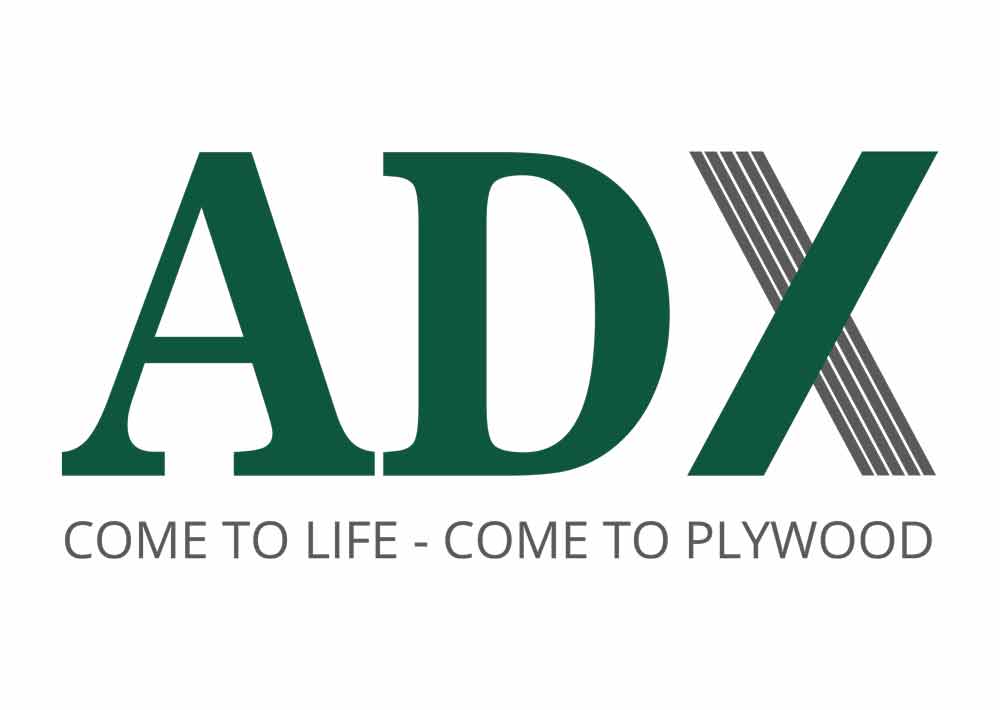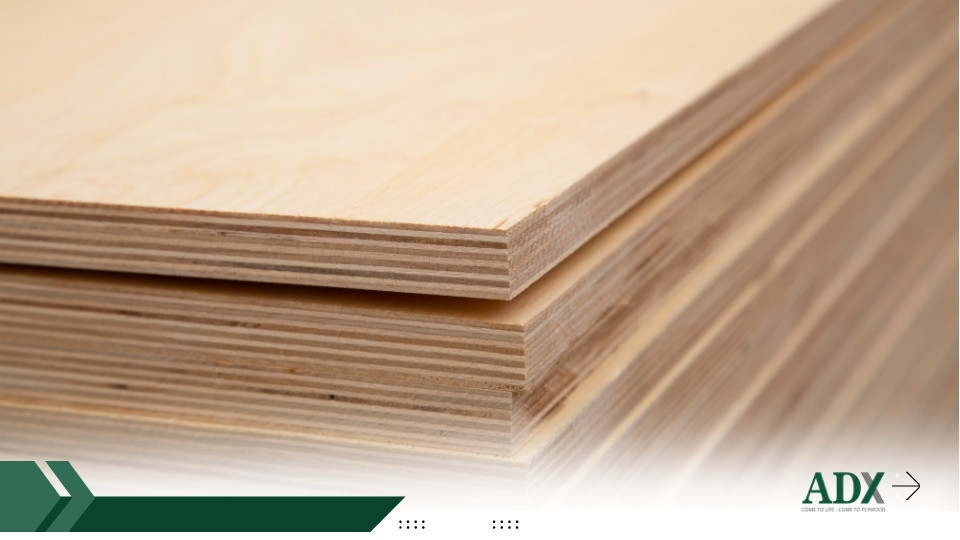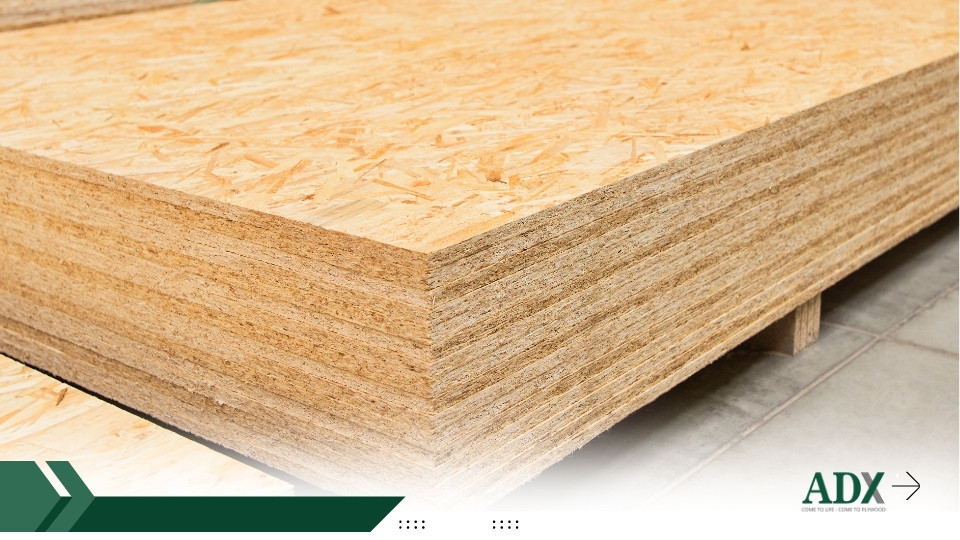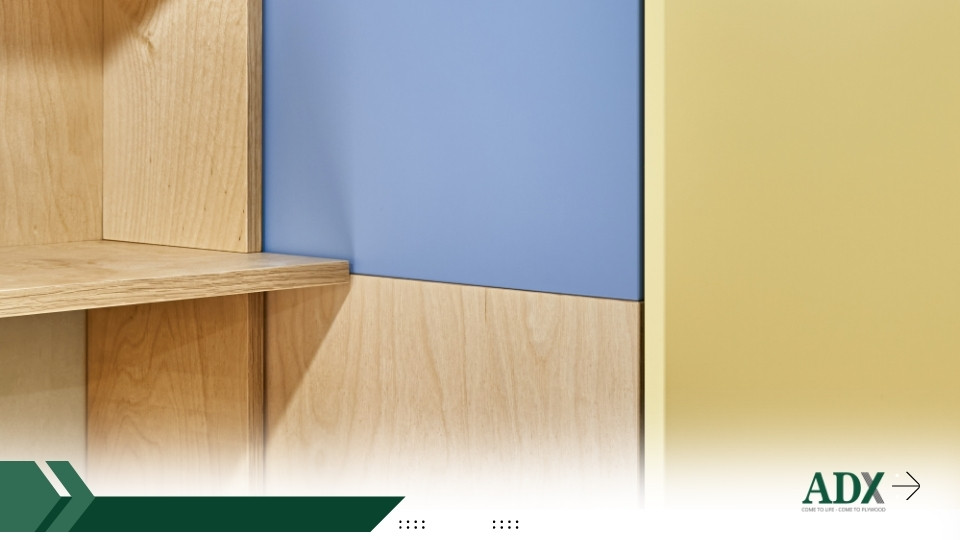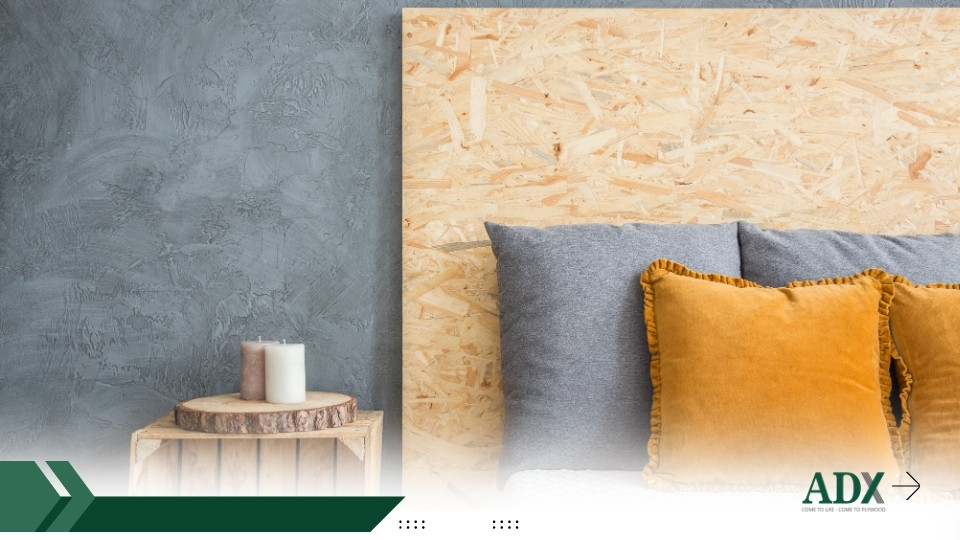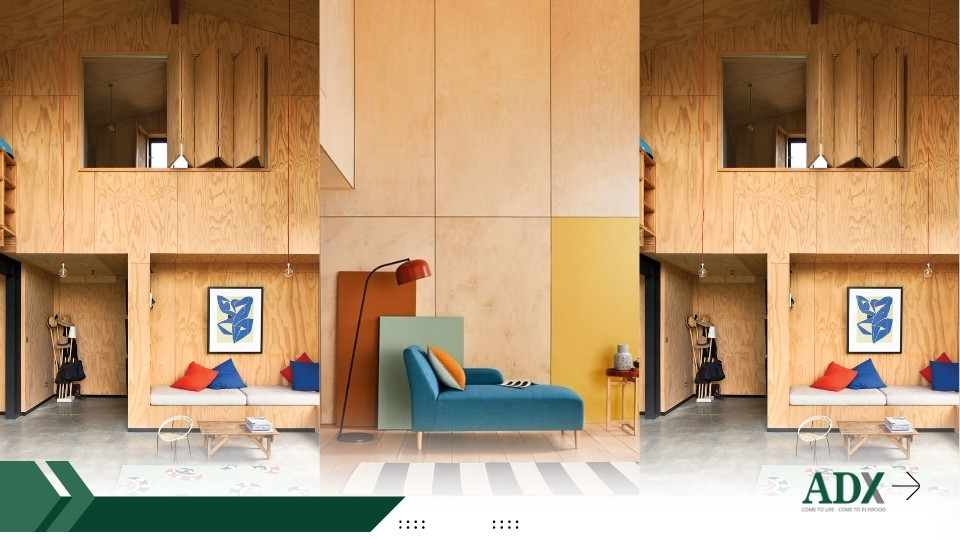When it comes to engineered wood products, Plywood vs. OSB (Oriented Strand Board) are two of the most commonly used materials in construction and furniture making. Each has its own set of advantages and disadvantages, making them suitable for different applications. In this article, we’ll delve into the key differences between plywood and OSB, helping you determine which material is the best fit for your project.
Main Content
Plywood – High-Quality Veneer Wood Panel
Plywood, also known as laminated board or veneer wood, is regarded as one of the most premium engineered wood panels available today. While the concept of plywood dates back centuries, it was officially introduced to the market in 1905 at the World’s Fair in Portland, USA. Since then, plywood has become a preferred material for both interior design and construction projects due to its strength and versatility.
Composition: Plywood consists of multiple thin wood veneer layers, each approximately 1.7mm thick, stacked and bonded together using specialized adhesives. The number of layers is always an odd number, ensuring a strong central core that enhances the board’s load-bearing capacity. Depending on the application, manufacturers arrange the veneers in different orientations, a process known as cross-grain lamination, to maximize strength and stability. It is bonded with high-performance adhesives such as UF (Urea-Formaldehyde), MUF (Melamine-Urea-Formaldehyde), or PF (Phenol-Formaldehyde) to improve durability and moisture resistance.
OSB – Oriented Strand Board
OSB was invented in 1963 by Armin Elmendorf and first introduced to the market in 1970. Thanks to its strength and durability, this engineered material quickly gained popularity and is now widely used across various industries. OSB is often compared to plywood as a cost-effective alternative with distinct structural advantages. Both plywood vs. osb are known as the most popular engineered wood over the world.
Composition: OSB is made from large wood strands—also known as wood shavings—sourced from natural timber. These strands are arranged in specific orientations to create a tightly bonded structure, giving the board its name: Oriented Strand Board. OSB panels are composed of approximately 95% natural wood, with the remaining 5% consisting of adhesives such as PF (Phenol-Formaldehyde) or MUF (Melamine-Urea-Formaldehyde), which enhance its strength and resistance to environmental conditions.
Plywood vs. OSB: Pros and Cons
When choosing between plywood and OSB, one of the most common questions is: Is Plywood stronger than OSB? Both are widely used engineered wood panels, but they have distinct characteristics that make them suitable for different applications. While plywood is known for its superior strength, impact resistance, and smooth finish, OSB is often favored for its affordability, uniform composition, and strong load-bearing capacity in large panels. In this section, we’ll compare their pros and cons to help you determine which material best fits your needs.
Plywood: The Versatile Classic
Plywood is crafted by bonding together multiple thin layers of wood veneers, with each layer’s grain oriented perpendicular to the previous one. This cross-grain construction enhances its strength and reduces the likelihood of warping. Plywood is available in various grades, thicknesses, and finishes, making it a versatile choice for numerous applications. So, is Plywood stronger than OSB?
Advantages of Plywood:
- Strength and Durability: The cross-laminated structure provides excellent load-bearing capacity, making plywood ideal for structural applications.
- Moisture Resistance: Higher-grade plywood, especially those designed for exterior use, offers good resistance to moisture, reducing the risk of swelling or delamination.
- Aesthetic Appeal: With its smooth surface and natural wood grain, plywood is often preferred for visible applications like furniture and cabinetry.
Disadvantages of Plywood:
- Cost: Plywood tends to be more expensive than OSB, which can impact budget-sensitive projects.
- Inconsistency: Lower-grade plywood may have voids or imperfections, affecting its structural integrity and appearance.
Oriented Strand Board (OSB): The Economical Alternative
OSB is manufactured by compressing layers of wood strands (thin wood shavings) with adhesives in specific orientations. This process results in a solid panel that’s often used as a cost-effective substitute for plywood in various construction scenarios.
Advantages of OSB:
- Cost-Effectiveness: Generally, OSB is less expensive than plywood, making it an attractive option for large-scale projects or where budget constraints exist.
- Uniformity: OSB panels are consistent in strength and size, with no internal gaps or voids, ensuring reliable performance.
- Availability: OSB is widely available and comes in larger panel sizes, which can be beneficial for specific construction needs.
Disadvantages of OSB:
- Moisture Sensitivity: OSB can be more susceptible to moisture absorption, especially at the edges, leading to swelling and potential structural issues if not properly sealed.
- Weight: OSB panels are typically heavier than plywood, which can make handling and installation more labor-intensive.
- Aesthetics: The rough, unfinished appearance of OSB makes it less suitable for applications where visual appeal is important.
Choosing Plywood or OSB?
The decision between Plywood vs. OSB hinges on several factors, including the specific requirements of your project, environmental conditions, budget, and desired aesthetics.
- Structural Applications: For load-bearing elements where strength and durability are paramount, plywood’s robust nature makes it a preferred choice.
- Budget Considerations: If cost savings are a priority and the application doesn’t demand the superior attributes of plywood, OSB serves as a practical alternative.
- Exposure to Moisture: In environments prone to humidity or direct moisture exposure, high-grade plywood with enhanced moisture resistance is advisable.
- Aesthetic Requirements: For projects where the material will be visible, such as in furniture or interior finishes, plywood’s natural wood grain offers a more appealing look.
Conclusion
In conclusion, plywood vs. OSB have their unique strengths and are suited to different applications. Assessing the specific needs of your project will guide you in selecting the most appropriate material, ensuring longevity, performance, and satisfaction. At ADX Plywood, we are a leading Vietnamese plywood manufacturer, specializing in high-quality engineered wood panels that meet strict international standards. Our products are exported to demanding markets worldwide, ensuring durability, reliability, and competitive pricing. Contact us today for a detailed quote and expert consultation!
Contact Information
Headquarters: Sarimi B2-00.07, Sala Urban Area, An Loi Dong Ward, Thu Duc City, Ho Chi Minh City
Factory: Bac Dong Hoi Industrial Zone, Thuan Duc Commune, Dong Hoi City, Quang Binh Province
Hotline: 0937 09 88 99 | 0902 317 486
Email: info@adxplywood.com
Fanpage: https://www.facebook.com/adxplywood
